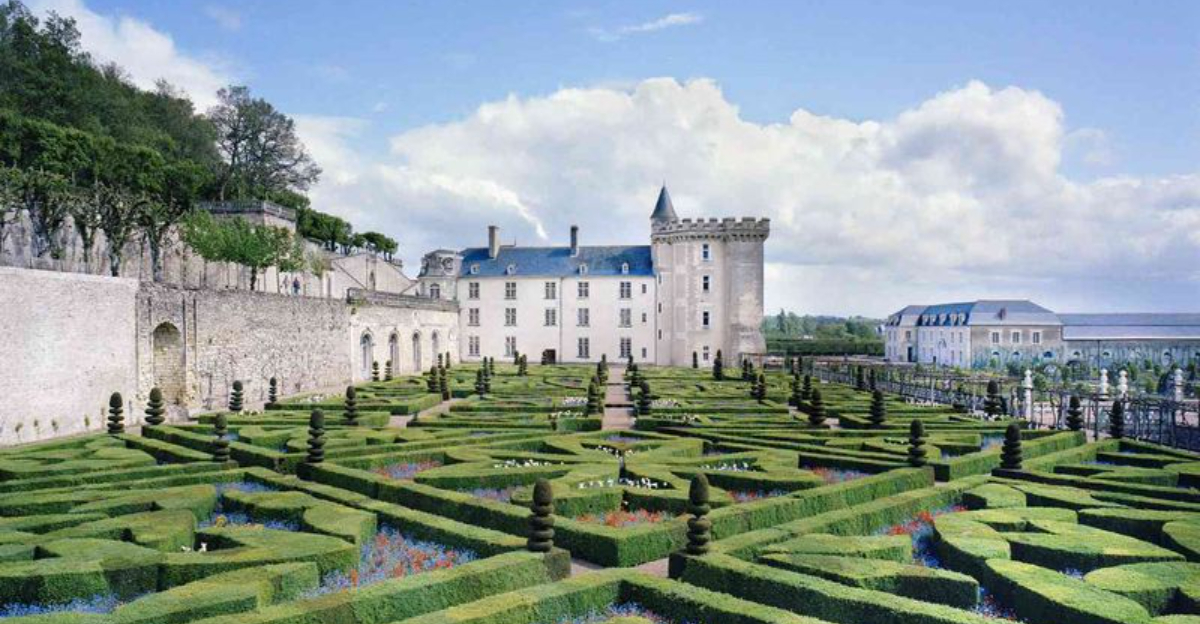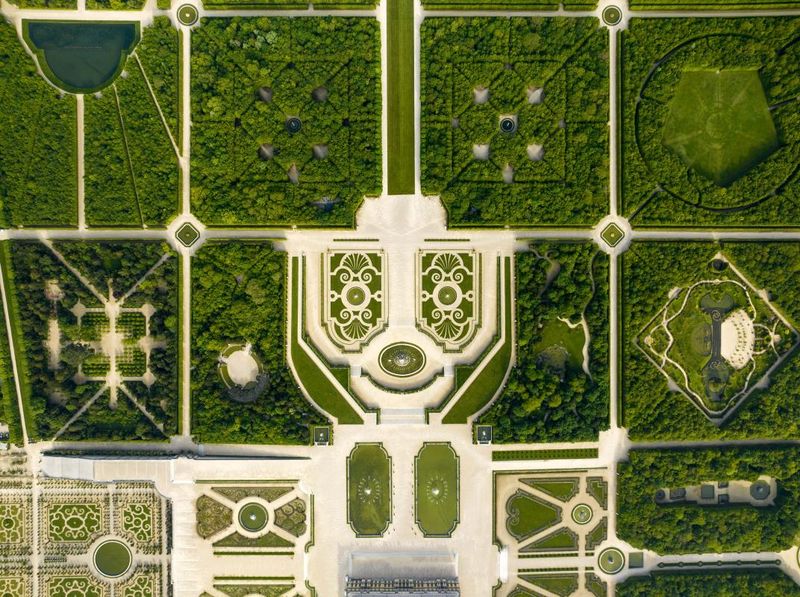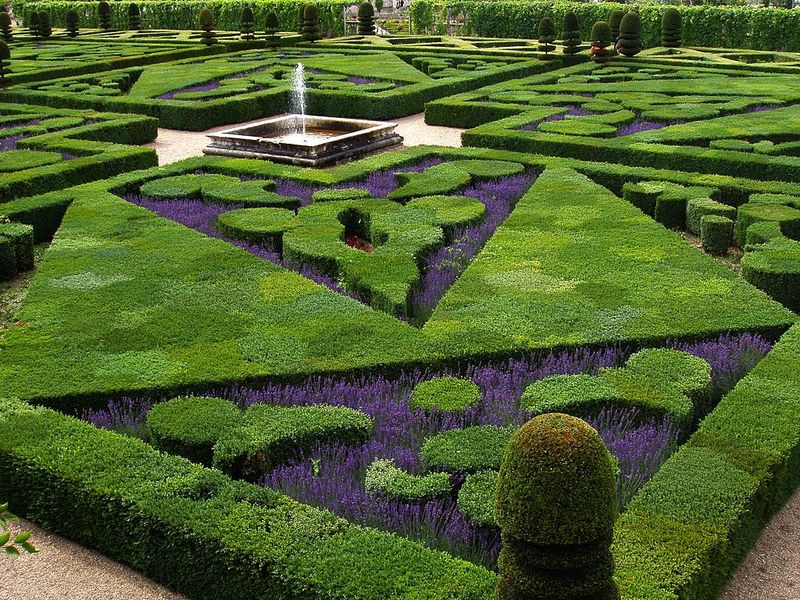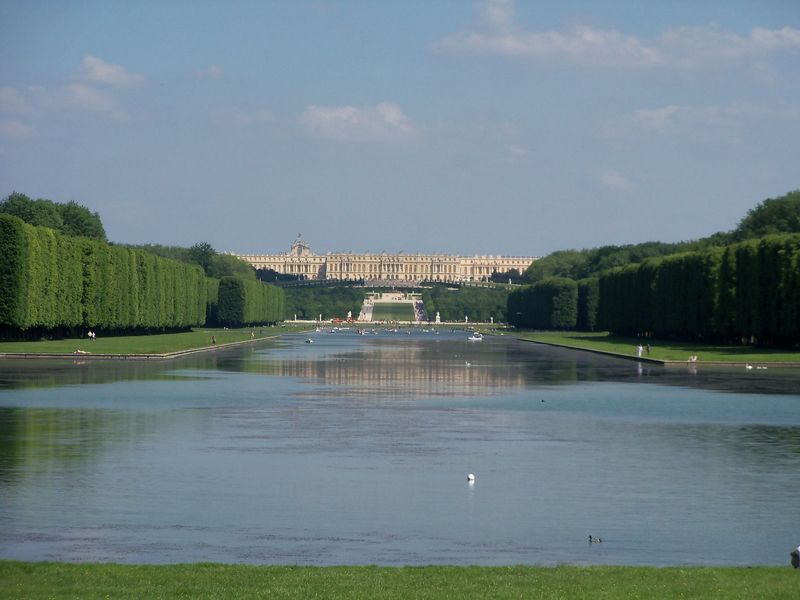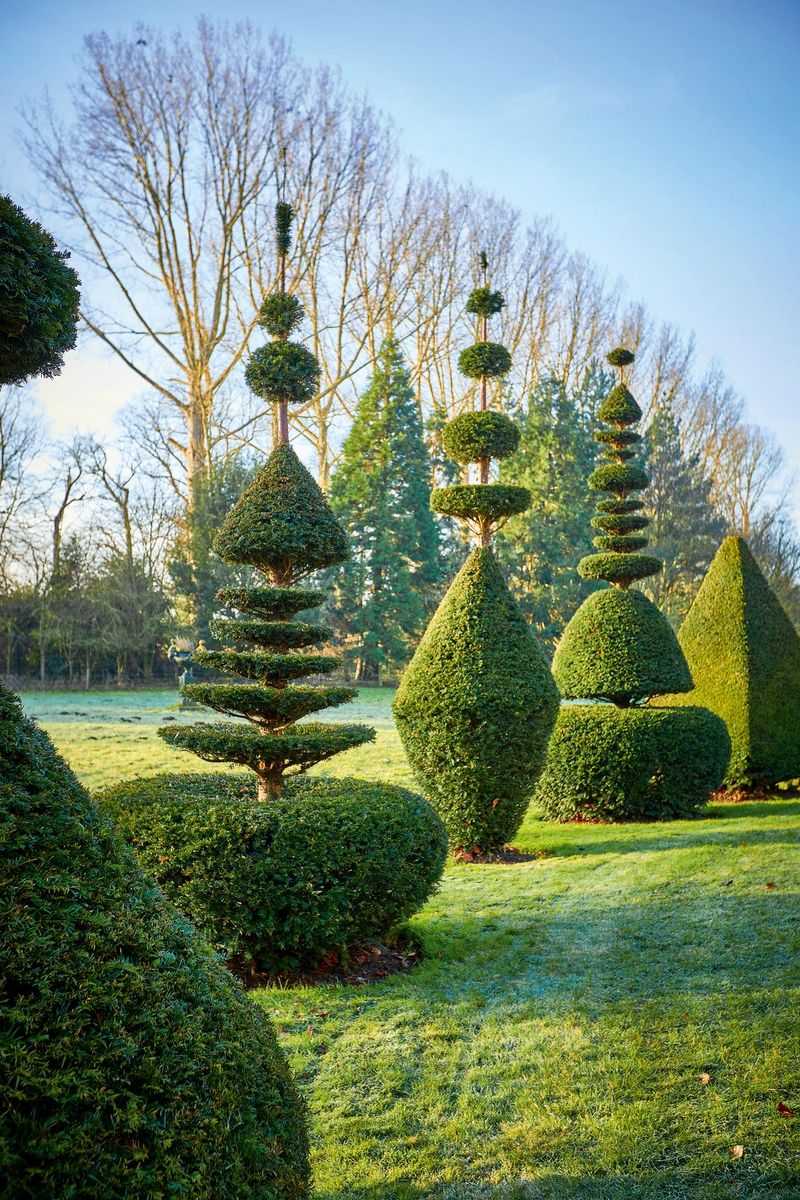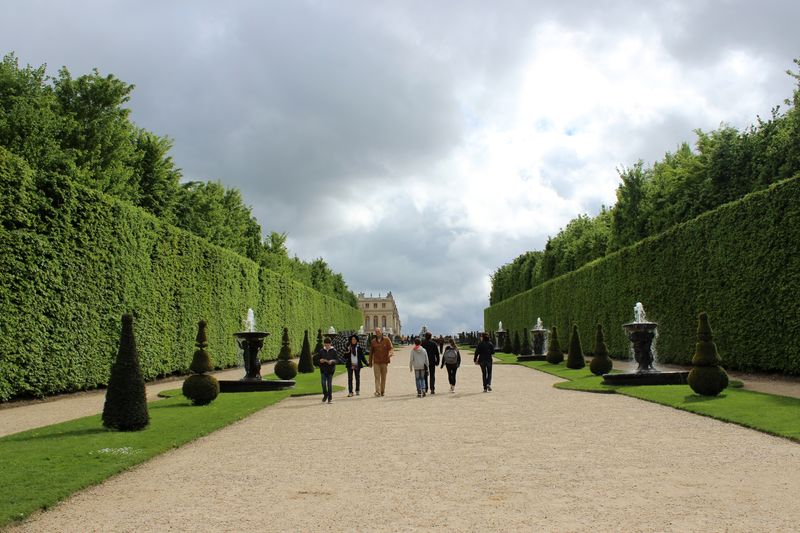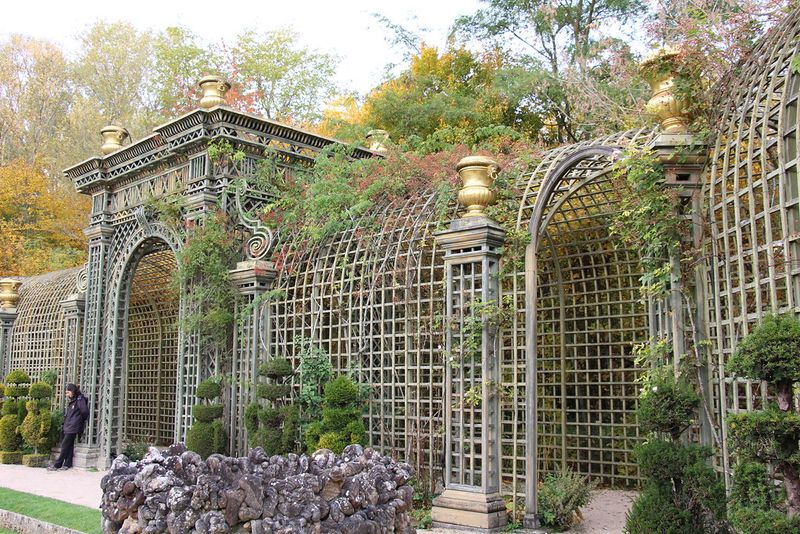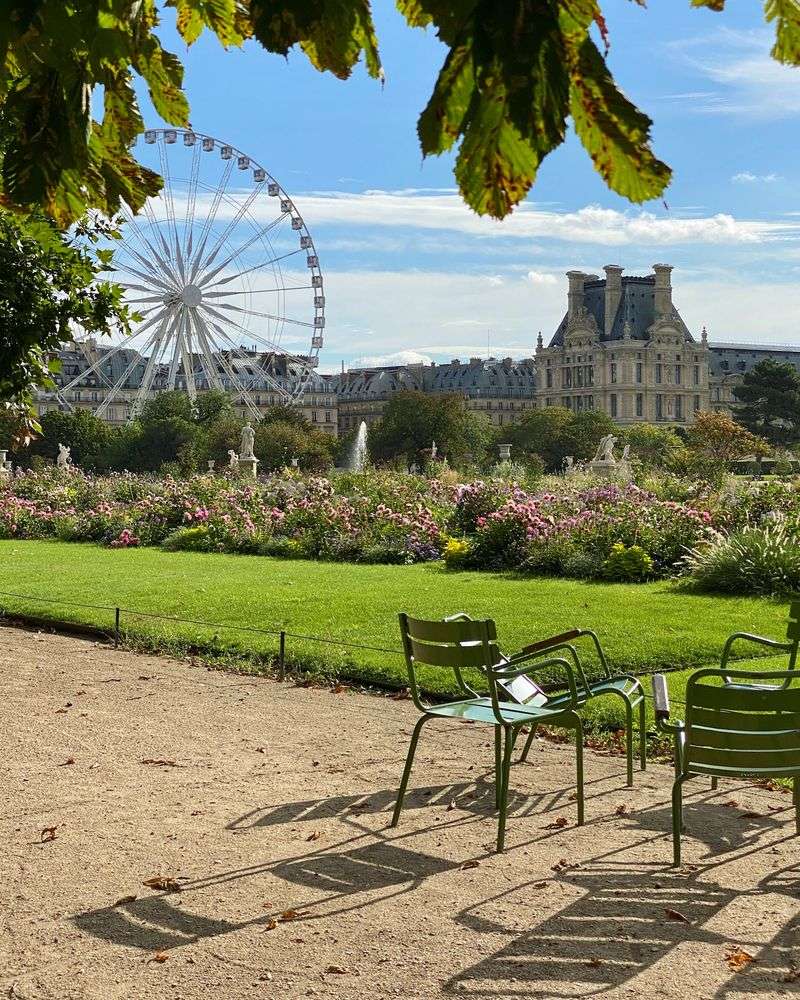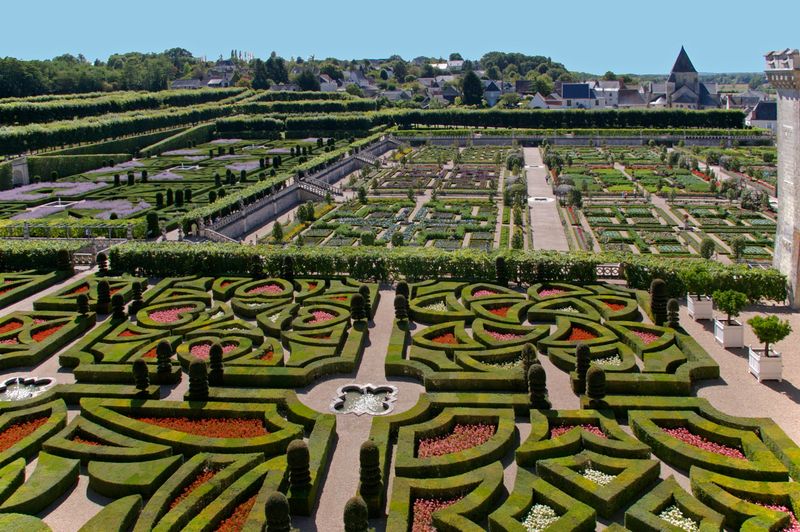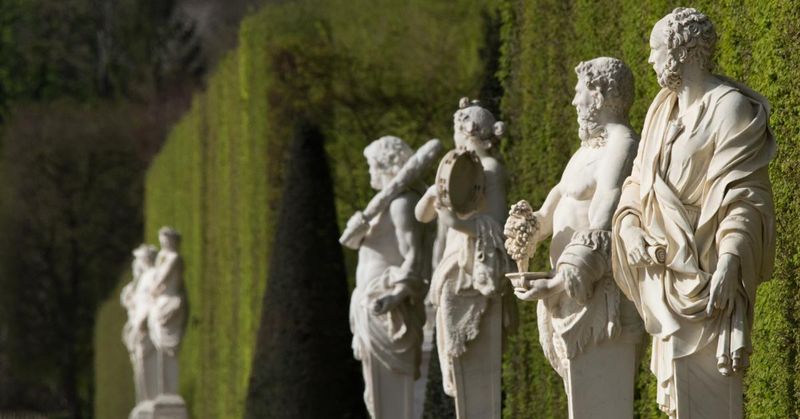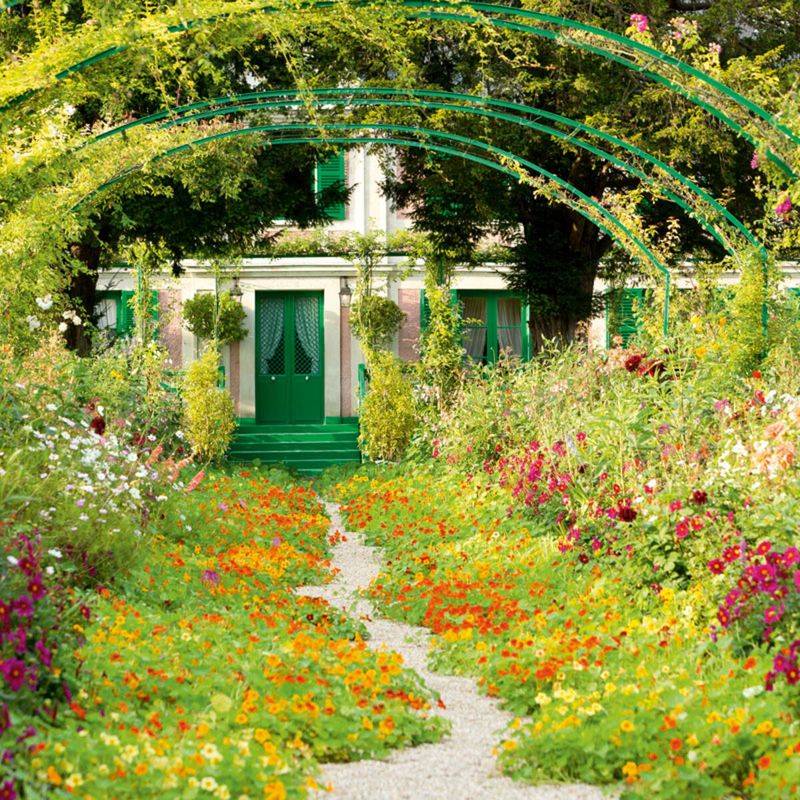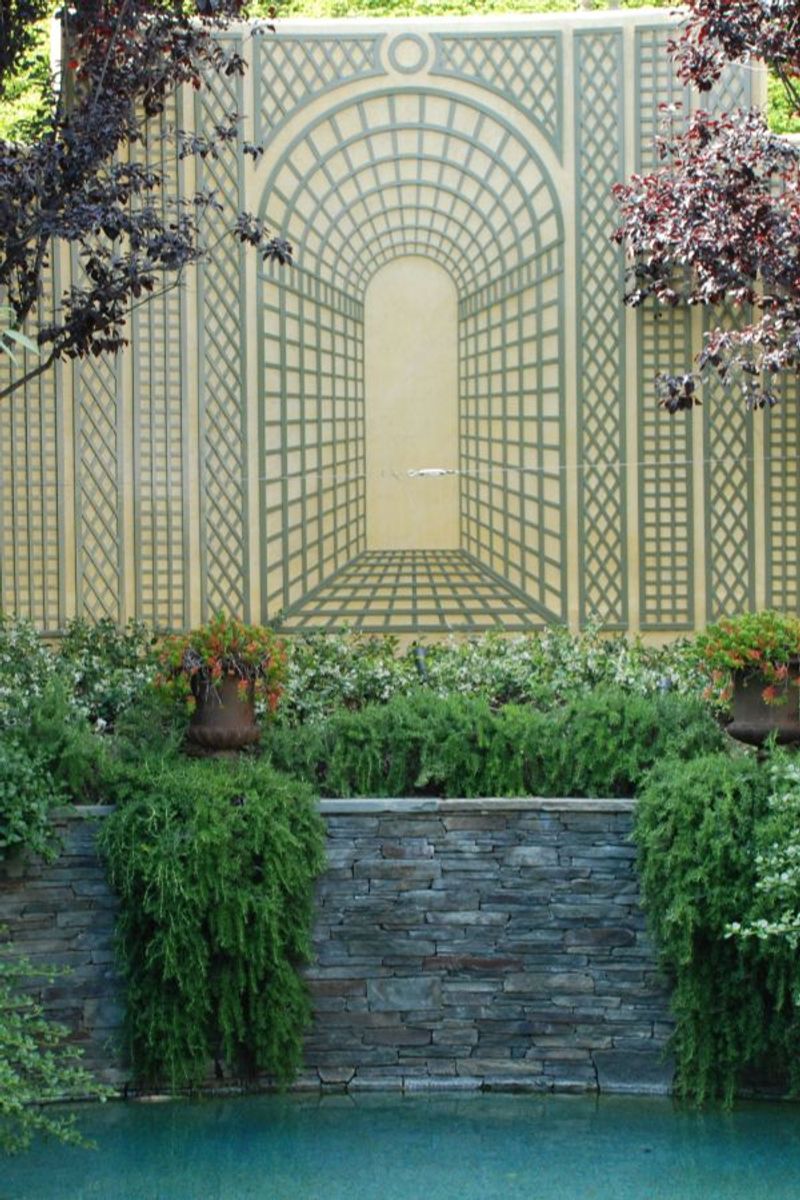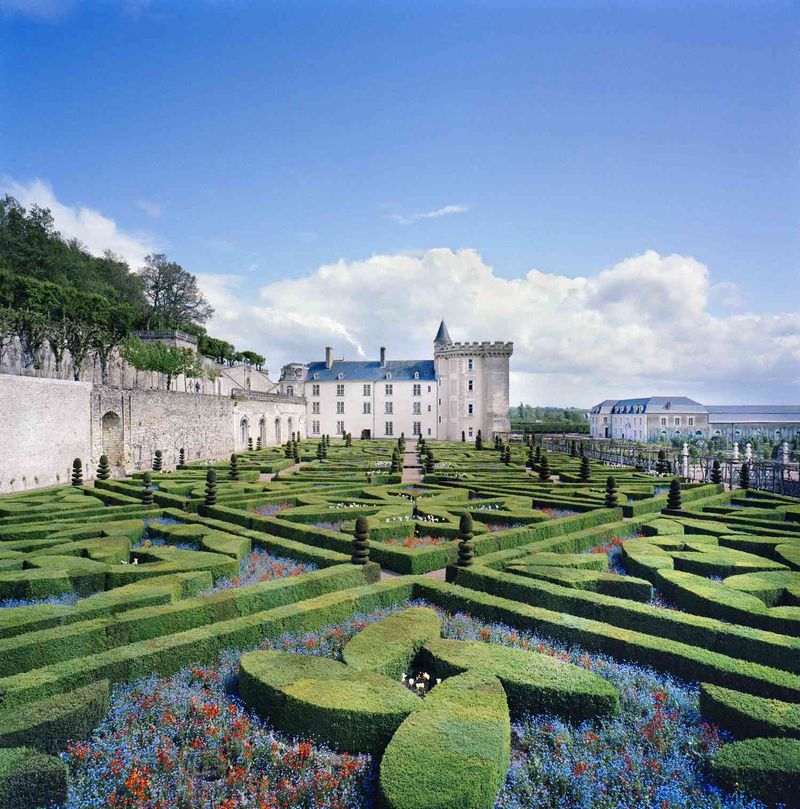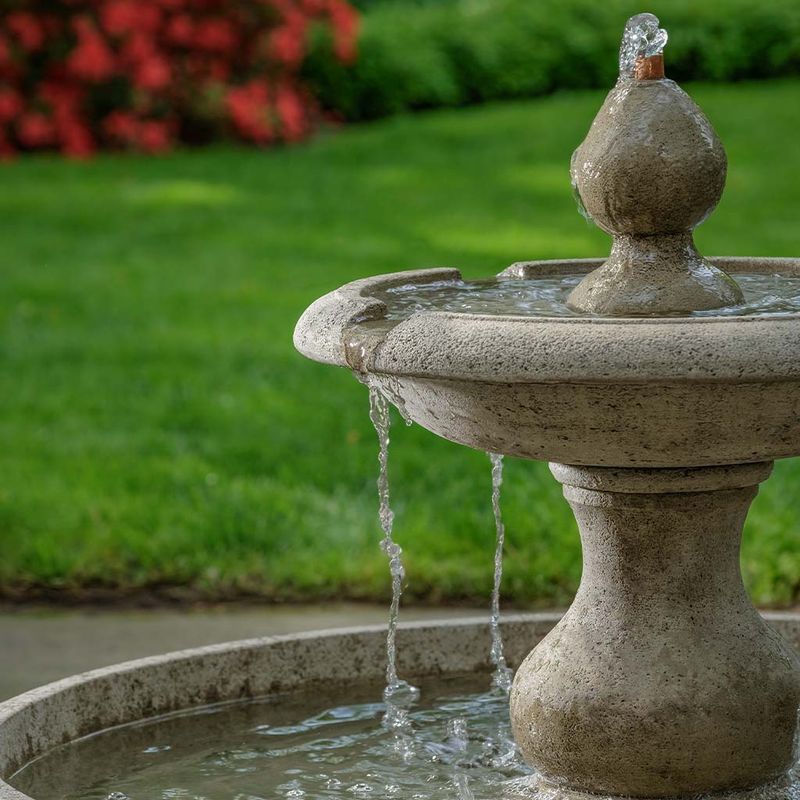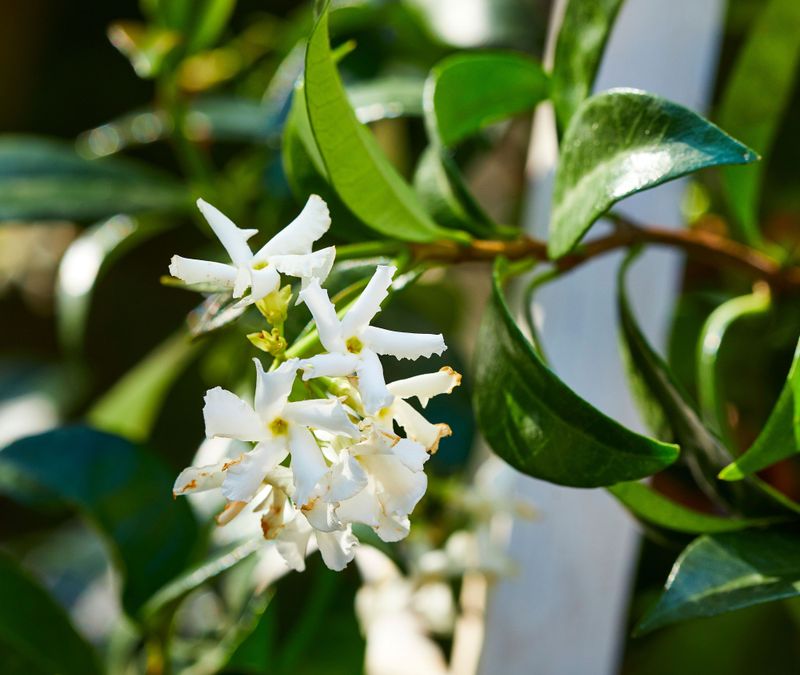There’s something undeniably enchanting about a classic French garden – the balance, the romance, the effortless elegance tucked into every corner.
These landscapes aren’t just about flowers; they’re about structure, intention, and a certain quiet drama that unfolds as you walk through them. Gravel paths, sculpted hedges, bursts of blooms, and just the right touch of symmetry all play their part.
If you’ve ever wanted to channel that timeless charm in your own outdoor space, these 18 secrets will help you capture the spirit of a French garden, wherever you plant your roots.
1. Perfect Symmetry Rules
Imagine standing at the center of a garden where every tree, shrub, and flower bed on the left perfectly mirrors the right side. French garden designers considered symmetry the ultimate expression of human control over nature.
This mathematical precision creates a sense of harmony that instantly calms the mind. When viewed from above, these gardens often form perfect geometric patterns that demonstrate the garden creator’s mastery of spatial planning.
2. The Art of Parterres
At first glance, they look like intricate carpets spread across the ground. Parterres are elaborate, ornamental garden beds featuring precise geometric patterns made from carefully trimmed boxwood hedges.
Between these living borders, gardeners traditionally planted colorful flowers or filled spaces with colored gravel. Many historic French gardens showcase these stunning designs that look as impressive from palace windows as they do up close when strolling through the grounds.
3. Water as a Mirror
French garden designers didn’t just use water for irrigation—they transformed it into magnificent reflective surfaces. Large, still pools create perfect mirrors that double the visual impact of surrounding architecture and plantings.
The famous Grand Canal at Versailles stretches nearly a mile long, reflecting the sky and château in its still waters. Unlike natural ponds, these water features have precisely calculated dimensions and perfectly straight edges that enhance the garden’s geometric perfection.
4. Tamed Greenery
Wild, untamed plants have no place in traditional French gardens! Trees and shrubs undergo regular, meticulous pruning to maintain specific shapes and sizes. The art of topiary—sculpting plants into precise geometric forms or fanciful shapes—reached its pinnacle in these landscapes.
Gardeners might spend decades training a single tree into the perfect cone, sphere, or even animal shape. This botanical sculpture demonstrates human artistry and the gardener’s patient dedication to controlling nature’s growth.
5. Grand Perspective Lines
Step into a classic French garden and your eye immediately follows long, straight pathways that seem to stretch toward infinity. These aren’t just walkways—they’re carefully designed perspective lines that create optical illusions.
This trick of the eye, borrowed from Renaissance painting techniques, gives visitors a sense of endless grandeur and space beyond the garden’s actual boundaries.
6. Hidden Garden Rooms
Behind those perfectly manicured hedges lie secret garden “rooms” where visitors can escape for intimate conversations. French designers cleverly incorporated these private spaces within the larger landscape plan.
These secluded areas often feature their own unique character—perhaps a small fountain, special plantings, or seating areas. While maintaining the garden’s overall formal structure, these hidden rooms provide delightful surprises and moments of discovery as visitors wander through the grand design.
7. Gravel Symphony
The distinctive crunch underfoot isn’t just pleasing to the ear—it’s an intentional design element. French gardens traditionally use fine gravel for pathways rather than solid paving.
This material serves multiple purposes: it allows rainwater to penetrate the soil, prevents mud, and creates that signature sound that announces visitors’ arrivals. The light-colored gravel also brightens the landscape by reflecting sunlight and creating visual contrast against the deep greens of surrounding plantings.
8. Potted Citrus Collections
No, those magnificent orange trees in enormous decorative containers aren’t just for show—they represent centuries of horticultural pride. French nobility competed to grow exotic citrus collections, displaying them in specially designed orangeries during winter.
In warmer months, gardeners would move these potted treasures outdoors to line terraces and pathways. The tradition began when oranges were rare luxuries in Europe, and continues today in historic gardens where antique varieties preserve living botanical history.
9. Broderie-Style Planting
Resembling delicate embroidery patterns, these intricate plantings transform garden beds into living tapestries. The term “broderie” literally means “embroidery” in French, perfectly describing these elaborate designs.
Gardeners use tiny boxwood plants to outline swirling patterns filled with colored sand, gravel, or flowering plants. Creating these masterpieces requires incredible precision—each plant must be placed and trimmed exactly to maintain the intricate pattern.
10. Strategic Statue Placement
Those marble figures scattered throughout French gardens aren’t randomly placed—they create a carefully choreographed outdoor gallery. Statues serve as focal points that draw the eye through the landscape.
Classical gods and goddesses, mythological scenes, and allegorical figures tell stories as visitors move through the garden. Beyond their artistic value, these sculptures create optical illusions—appearing closer or farther away depending on their size and placement, enhancing the garden’s sense of depth and dimension.
11. The Secret Language of Flowers
Beneath the beautiful blooms lies a sophisticated communication system that French garden designers mastered centuries ago. Each flower variety carried symbolic meaning, allowing gardens to convey messages to knowledgeable visitors.
Lilies represented purity, roses symbolized love, and sunflowers signified royal power. Garden owners could express political allegiances, family values, or personal aspirations through their planting choices.
12. Forced Flowering Schedules
French gardeners developed remarkable techniques to make plants bloom exactly when needed for important events. This horticultural sleight-of-hand involved manipulating growing conditions to control flowering times.
By using cold frames, bell jars, and varying exposure to sunlight, skilled gardeners could ensure spectacular displays for royal visits or celebrations.
13. Trompe L’Oeil Illusions
Look closely at that distant view—it might not be real at all! French garden designers incorporated trompe l’oeil (fool the eye) painting techniques to extend garden vistas beyond their physical boundaries.
Garden walls might feature painted landscapes that appear to continue the real garden into imaginary distance. Even more clever were false perspectives created by gradually narrowing pathways and planting progressively smaller trees, making modest gardens appear vastly larger than their actual dimensions.
14. Seasonal Transformation Systems
Unlike modern gardens that maintain the same appearance year-round, classic French gardens were designed to transform with the seasons. Gardeners developed elaborate systems for quickly changing entire landscapes.
Thousands of potted plants waited in nursery areas, ready to replace faded displays. Spring bulbs gave way to summer annuals, followed by autumn chrysanthemums, with each transition happening almost overnight.
15. Acoustic Garden Design
Beyond visual beauty, French gardens were designed with sound in mind. Fountain placement wasn’t just for visual effect—it created specific acoustic experiences as visitors moved through the landscape.
Some water features produced gentle background music, while others created dramatic splashing sounds at key viewpoints.
16. Astronomical Alignments
Many French gardens contain hidden celestial connections that most visitors never notice. Major pathways and water features often align precisely with the sunrise on significant dates like solstices or the garden owner’s birthday.
These astronomical alignments connected earthly gardens to the cosmic order. At Versailles, the Grand Canal aligns perfectly with the setting sun during the summer solstice, creating spectacular golden reflections that symbolized Louis XIV’s identification as the “Sun King.”
17. Scent Mapping Techniques
Your nose would guide you through a properly designed French garden even if you were blindfolded. Garden designers carefully planned “scent maps” that changed as visitors moved through different areas.
Fragrant plants were strategically placed to create specific sensory experiences at different times of day. Evening gardens might feature night-blooming jasmine near seating areas, while morning paths would be lined with flowers that release scent in sunlight.
18. The Secret of Borrowed Scenery
French garden designers mastered the art of incorporating distant landscapes into their compositions through carefully framed views. This technique, called “borrowed scenery,” makes gardens feel connected to the broader world.
By strategically positioning trees and structures, designers could frame perfect views of distant mountains, church spires, or other landmarks.

